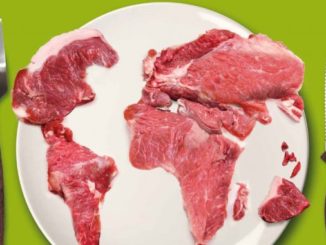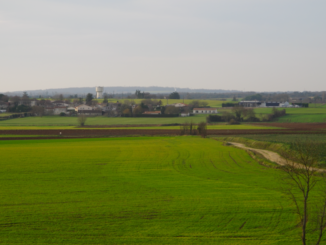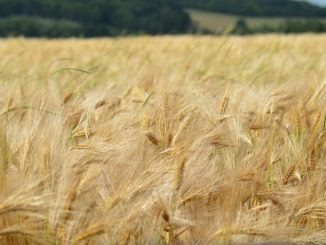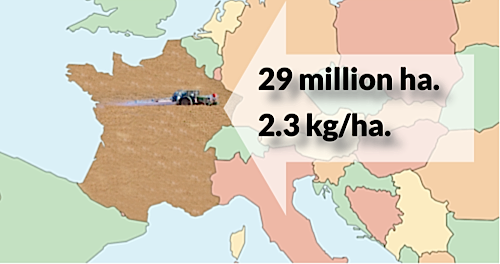
In October the French government put the finishing touches to the relaunch of an optimistic ten-year pesticide reduction programme, Ecophyto 2. Like its failed predecessor, Ecophyto 2018, Ecophyto 2 aims to halve pesticide use in France during the coming decade.
Unlike the instigators of the original scheme, the current government is mapping out how it plans to achieve its aims in some detail and aims to ensure that pesticide reduction appears on action lists rather than wishlists. There is no search for quick fixes, rather a dogged determination to make headway even if past experience has been discouraging.
Collectively, it will take the courage of a lion and the stubborn determination of a mule to convince heavy pesticide users of the need to turn away from spraying as an automatic reflex. Most of France’s large agricultural cooperatives are part of the reselling network for crop products and already foresee an immediate trading impact on high ticket items.
What remains unchanged, however, is the widespread reaction that Ecophyto gets from French farm lobbies. The howls of protest from wine producers working vineyards with a spraying culture that spans a century or more are as indignant and unrelenting as the chorus of disappointment from the ecology movement, which wants more radical action.
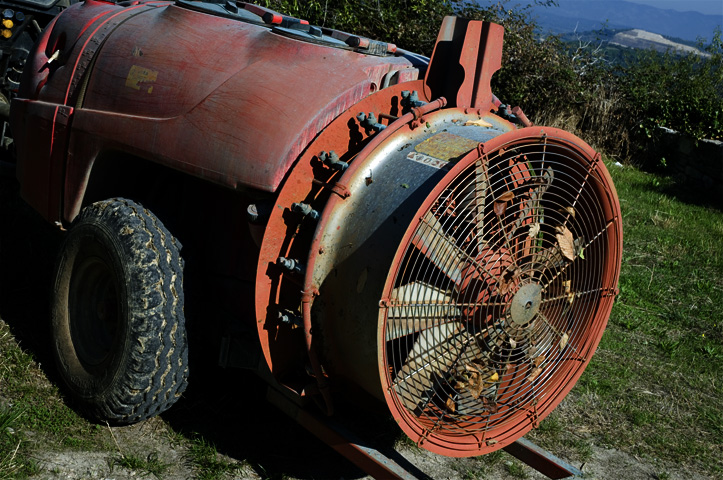
Thus the mainstream farmers’ federation FNSEA decries Ecophyto 2 as “…ideological posturing…” and Coop de France denounces it as “…a shock of complication.” At the other end of the spectrum, the Nicolas Hulot Foundation found fault with the way pesticide use is quantified and urges government funding for procurement schemes to help primary schools to source organic vegetables from local producers.
The issue is heavily polarised and a clearly-focussed civil society voice is needed to make a forceful case for the environment. The NGO grouping France Nature Environnement (FNE), a federation of 3,000 environmental associations across France, has been actively contributing to the Ecophyto debate from the outset. On the eve of the official launch of Ecophyto 2, FNE described it (.pdf) as “the last chance” to cut pesticide use, adding that farmers were the first victims of these toxic products.
While farmers are exposed to these toxic chemicals, one of FNE’s agricultural team, Marie-Catherine Schulz-Vannaxay, makes the very relevant point that none of this happens in isolation: “Farmers are not the only responsible link in the chain. They also spray because they are advised by cooperatives which sell pesticides or because food manufacturers and retailers demand standardised products. Consumer choice will make a difference to the outcome.”
The architects of Ecophyto 2 are planning to halve France’s pesticide use in two overlapping five-year phases: the first will set out to optimise existing crop treatment regimes between now and 2020, with target cuts of 25%. The second phase anticipates a further 25% drop in pesticide use by 2025 arising from “ …profound changes in production systems.”
However, any decline in pesticide use would be good news. The first Ecophyto scheme saw 28 product authorisations withdrawn, but many of them, such as paraquat, were already outlawed in Europe. Following farm minister Michel Barnier’s departure to the European parliament in 2009 and his later elevation to the European Commission in 2010, the Ecophyto process stalled under Barnier’s successor Bruno Le Maire.
Instead of declining, French pesticide use rose during the closing years of Nicolas Sarkozy’s reign at the Elysée. The former French president started full of good intentions for the environment in 2007, but famously went on the record in 2010 to say the “…[all the fuss about] the environment is starting to annoy me…” (“L’environnement commence à bien faire.”)
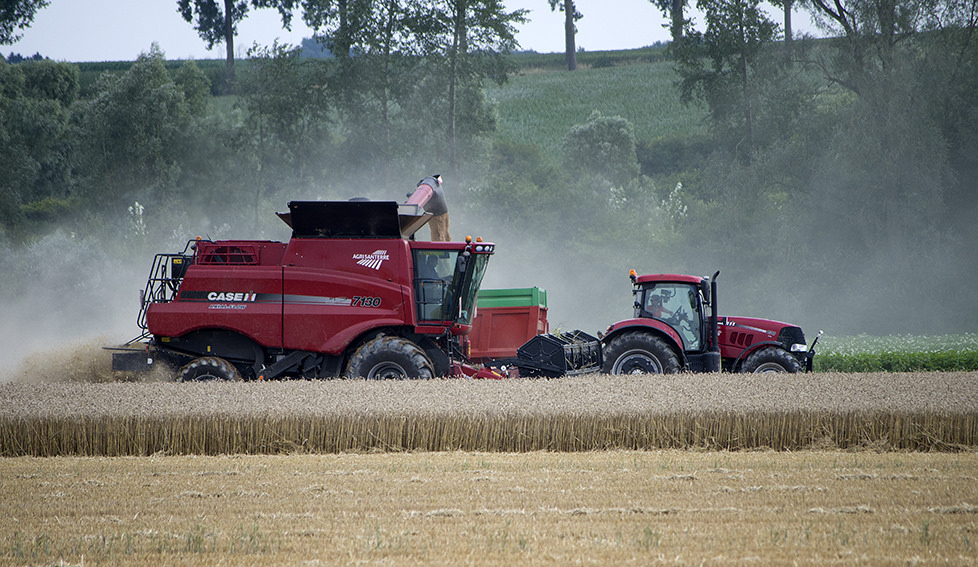
France has nearly 29 million hectares of farmland, of which more than 9 million are used for cereals, in addition to extensive hectarages of monocultures (eg sugar beet, oilseed crops and potatoes) as well as perennial plantings, such as vines and fruit trees. French plant crops are valued at just over EUR 40 billion, while France’s farmers apply an average of 2.3 kg/ha of active ingredients to the country’s fields.
Last year the country adopted a new agricultural policy to promote agroecology, the loi d’avenir (law for the future of agriculture) and tightened up the laws governing the use and sale of pesticides. It also closed down derogations for aerial crop-spraying that had been overlooked and remained in force.
Part of the problem for French legislators is that many farmers do not regard crop treatments as a problem nor do they consider their use as an environmental hazard in its own right. Indeed, a lot of them are still firm believers in crop products. There is a common assumption that statutory authorisations are also ticking the box for risk assessments, which is not the whole story.
For many rural populations, the postwar agricultural boom is firmly linked to the routine use of crop treatments, which became associated with the “trente glorieuses” (“the 30 glorious years [of French agriculture under the CAP]”). It is a persistent vision, with deep roots and selective memories.
More
Cutting pesticide use by 50% will have to wait 7 extra years, says France (TreeHugger February 2015)



